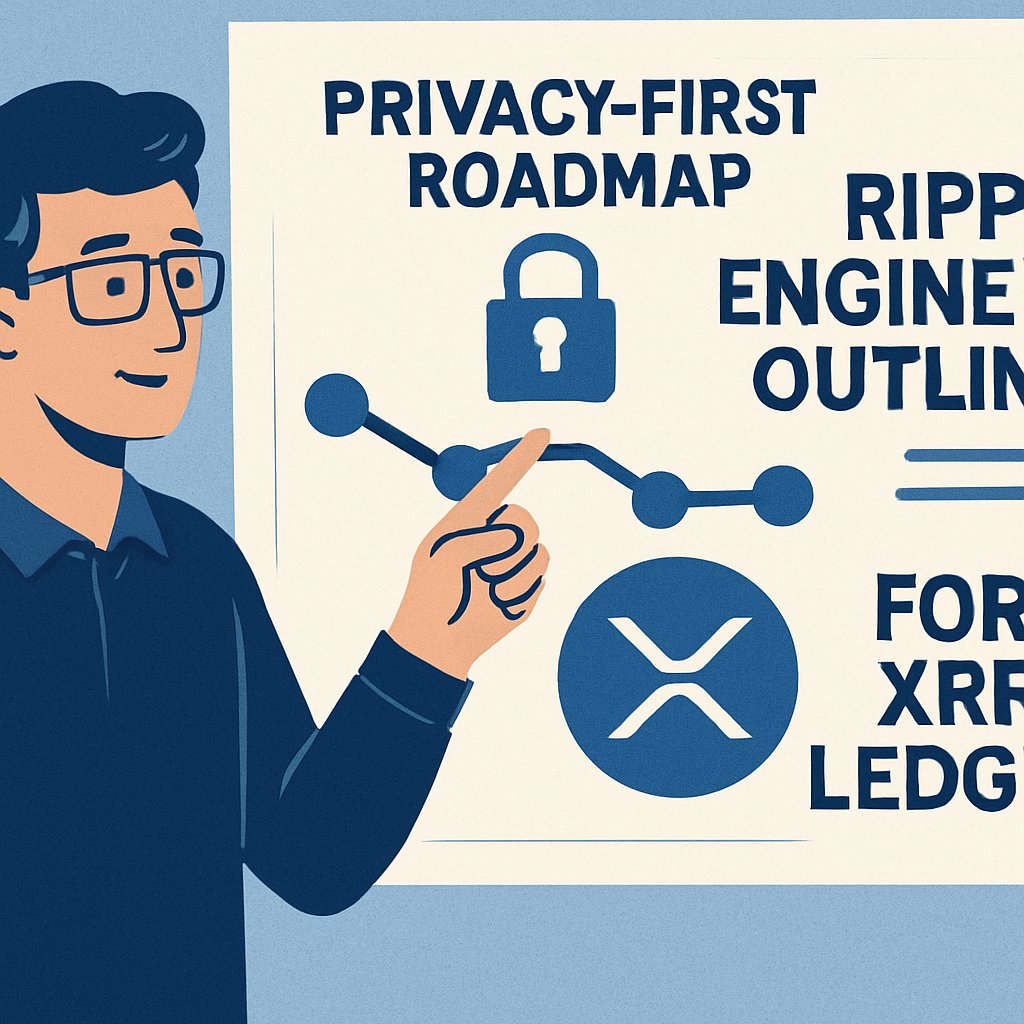Introduction
Ripple cryptographer Ayo Akinyele has published a detailed vision to make the XRP Ledger (XRPL) the first choice for institutional users by embedding privacy, compliance and trust at the protocol level.
Privacy Infrastructure
Akinyele argues that privacy must be treated as core infrastructure rather than secrecy. He identifies zero-knowledge proofs (ZKPs) as the cornerstone for proving transaction validity without revealing underlying data. By enabling selective disclosure, institutions can meet regulatory requirements while preserving confidentiality.
Confidential Multipurpose Tokens
The proposal includes support for confidential multipurpose tokens (MPTs). These tokens will enable private on-chain collateralization and tokenized asset workflows, ensuring institutions can manage real-world assets with both privacy and auditability.
Scalability and Trust
Beyond privacy, Akinyele stresses that scalability solutions should not sacrifice security or decentralization. He advocates for trusted execution environments (TEEs) to ensure fair transaction ordering and confidential computation for off-chain logic, emitting only verifiable outputs on-chain.
Roadmap Milestones
- Next 12 months: Integrate ZKPs into core transaction validation to support private, compliant transactions at scale.
- 2026 and beyond: Finalize and deploy confidential MPT standard to unlock tokenized collateral markets and real-world asset issuance.
Institutional Positioning
Akinyele highlights XRPL’s decade of reliable operation and built-in features such as decentralized exchange, escrow and payment channels. These finance-oriented primitives provide a foundation for trillions in on-chain asset flows.
Conclusion
By combining programmable privacy, layered scalability and robust compliance tooling, the XRP Ledger aims to bridge traditional finance and decentralized infrastructure, offering institutions a secure and trust-minimized platform for innovation.

Comments (0)